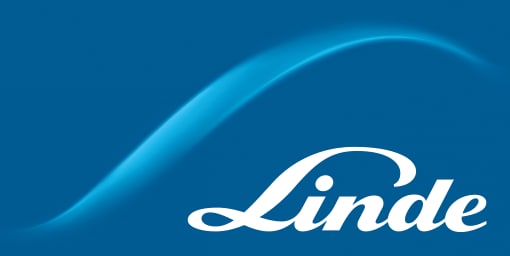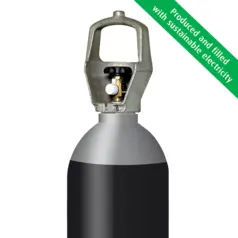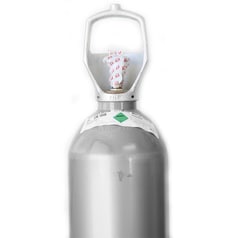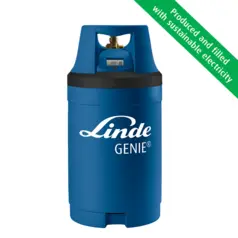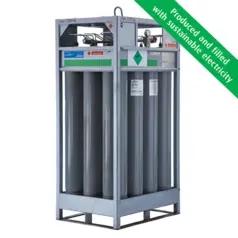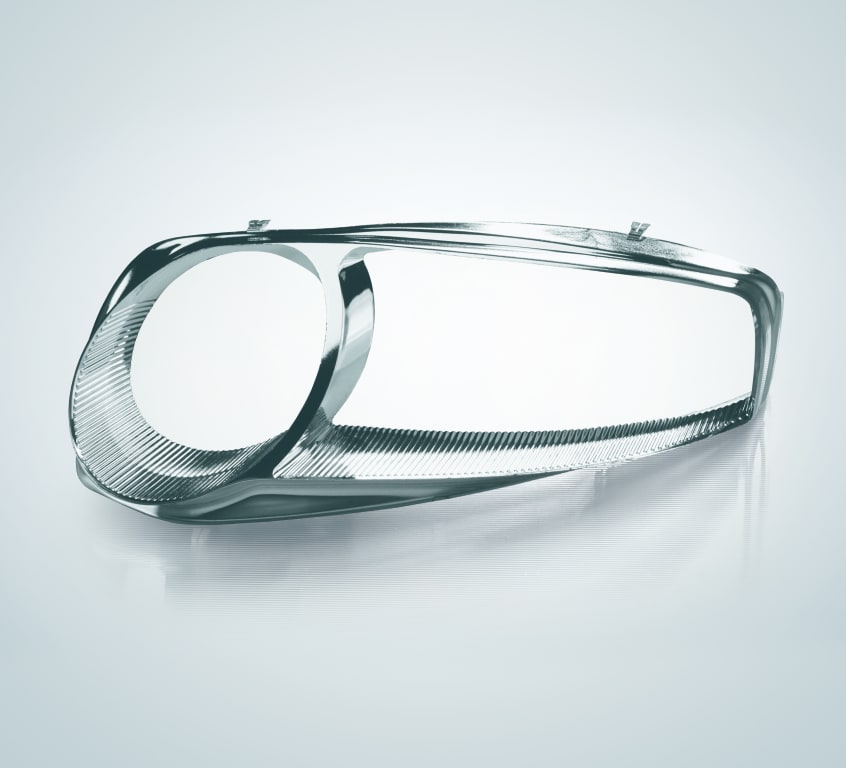
Exploring the full potential of industrial gases to optimise plastics and rubber processing
The plastics industry faces a number of environmental, productivity and quality challenges at various steps in
the process chain. Industrial gases can play an instrumental role in optimising many of these processes.
We have developed a range of gas-enabled process technologies specifically for the plastics industry. Reaching
beyond innovative hardware and gas delivery concepts, we also support our customers with leading-edge process
consulting for maximum quality, capacity and profitability gains.
Related areas
Using nitrogen to reduce costs and increase productivity. Nitrogen can be used as a very effective replacement
for steam in the vulcanization of tires and hoses.
This proven, environmentally friendly solution offers the following benefits:
• Reduced energy costs
• Increased productivity through reduced cycle times
• Improved quality and longer tire bladder lifetimes
• Reduced maintenance costs due to reduction in pipeline corrosion
Linde fully supports your conversion to nitrogen with on site assistance during testing and products trials, we
also provide support to select the optimum supply system to meet your needs, and work with you to optimize your
system to achieve the maximum benefits.
Extrusion for foaming and cooling. Use carbon dioxide or nitrogen as physical blowing agents in your extrusion foaming. These inert gases offer a lot of advantages as they are environmentally friendly, inexpensive and inflammable. The use of physical blowing agents, carbon dioxide or nitrogen in extrusion foaming processes gives lighter parts and lower consumption of raw material.
The physical blowing agent is first injected with great accuracy into the polymer melt by means of a metering unit and then dissolved in the polymer. The pressure is maintained throughout the extruder.
A rapid pressure drop rate creates a homogenous cell structure of foamed polymer resulting in a light, strong product that can be used in a wide range of applications by the packaging, automotive, electric and manufacturing industries. Typical products foamed with carbon dioxide are extruded polystyrene (XPS) insulation boards or extruded polystyrene foam sheets for food packaging. Nitrogen is mainly used in production of polyethylene cable insulation.
The use of liquid carbon dioxide in extrusion inner cooling of profiles and pipes increases extrusion capacity while investment costs are very low. The homogenous cooling of the profile decreases warp and the product quality is improved. There are no residues and no moisture inside the profile. This patented technology is especially recommended for parts with thick walls and extrusion lines with limited cooling sections. If you want to increase the output of your extrusion line use carbon dioxide for inner cooling of hollow profiles or pipes.
You can achieve higher efficiency and reduced cycle time by using carbon dioxide or nitrogen in gas injection moulding, micro-cellular foaming or cooling technologies. These gas technologies developed for injection moulding processes are patented.
In gas injection moulding, GIM, nitrogen is injected under high pressure in the melted polymer in order to create
hollow part. GIM offers increased component design flexibility, part weight reduction and cost savings on resign.
Use nitrogen under high pressure in your injection moulding process and you will benefit with improved product
quality, part weight reduction, cost savings on resign and reduced cycle time. PLASTINUM® Injection Moulding
Inerting is an innovative method to enhance the quality and productivity of injection moulding processes in
general and gas injection moulding in particular.
Our supply concept covers:
•Optimal supply with cylinders or cylinder bundles for tests or at start phase of production
•Vacuum insulated tanks for liquid nitrogen or carbon dioxide, mainly for full-scale production
•Nitrogen generators on site with membrane or PSA plants
Micro-cellular foaming developed for injection moulding uses carbon dioxide or nitrogen as foaming agents. The
product weight is reduced and savings on material are obvious. Besides that the clamping force is lower. In
injection moulding, uniform temperature distribution on the cavity surface is crucial for high quality and short
cycle times.
Especially the conventional water cooling of long, thin cores or other difficult-to-access areas faces severe
problems, such as excessive heat, clogged runners, or unwanted pressure losses. The results are removal problems,
surface defects, warpage, and long cooling times.
Temperature control with liquid carbon dioxide efficiently cools the hot spots in the mould, such as very thin
parts, small cores or areas with material accumulations, resulting in enormous cooling time reductions and quality
improvements. To do so, liquid carbon dioxide flows under high pressure (approx. 60 bar) through small, flexible
capillary tubes (outer diameter 1.6 mm) exactly to the point of use where the cooling is required.
The carbon dioxide expansion creates a snow and gas mixture with a temperature of –79 °C. After removing heat from
the mould, the now gaseous carbon dioxide leaves the cavity through exhaust channels. Mould cooling with carbon
dioxide is used to improve quality and reduce cycle time.
The cabinet is connected permanently to the gas pipeline network via a 22 mm oxygen pipe. The pressure on the network can be read from the pressure gauge. Compressed oxygen can quickly be connected as all the components are ready for use inside the cabinet. The cabinet is designed to be kept outdoors.
To increase productivity and enhance quality, liquid carbon dioxide or liquid nitrogen can be used instead of
cooled air in the blow moulding processes of the plastic industry.
Benefits of blow moulding:
• Increased productivity through more effective utilization of machines
• Improved dimensional stability of the moulded parts
• Shortened time cycle
• Enhanced esthetical qualities of the product
• This method is most suitable for the cooling of thick-walled parts with a long cycle and cooling times
- Tire vulcanization
- Extrusion foaming
- Extrusion inner cooling
- Injection moulding
- Gas injection moulding, GIM
- Carbon dioxide spot cooling
- Blow moulding
Tire vulcanization
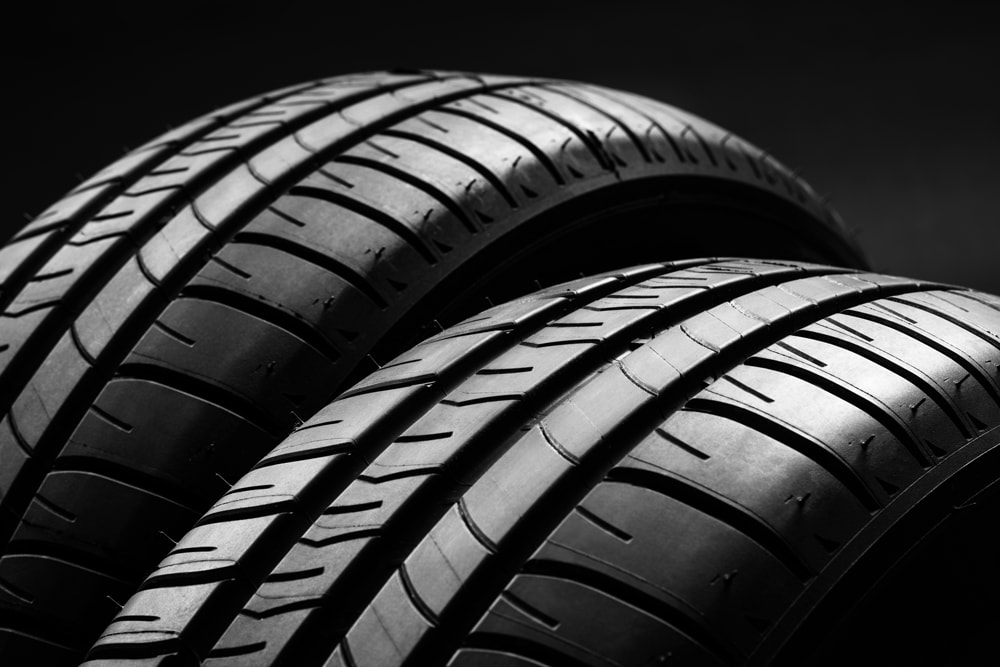
Using nitrogen to reduce costs and increase productivity.
Nitrogen can be used as a very effective replacement for steam in the vulcanization of tires and hoses.
This proven, environmentally friendly solution offers the following benefits:
• Reduced energy costs
• Increased productivity through reduced cycle times
• Improved quality and longer tire bladder lifetimes
• Reduced maintenance costs due to reduction in pipeline corrosion
Linde fully supports your conversion to nitrogen with on site assistance during testing and products
trials, we also provide support to select the optimum supply system to meet your needs, and work with
you to optimize your system to achieve the maximum benefits.
Buy products here
Laser cutting Nitrogen 300 bar, bundle
What do customers say?
"Linde is a great source of innovative ideas, which has been implemented and now successfully established in the market.
This close alliance between gases expert and high-pressure specialist create real value for our customers."
Renè Himmelstein,
Vice President of Maximator
 Downloads
Downloads
| Safety datasheets | Product datasheets & brochures |
|---|---|

